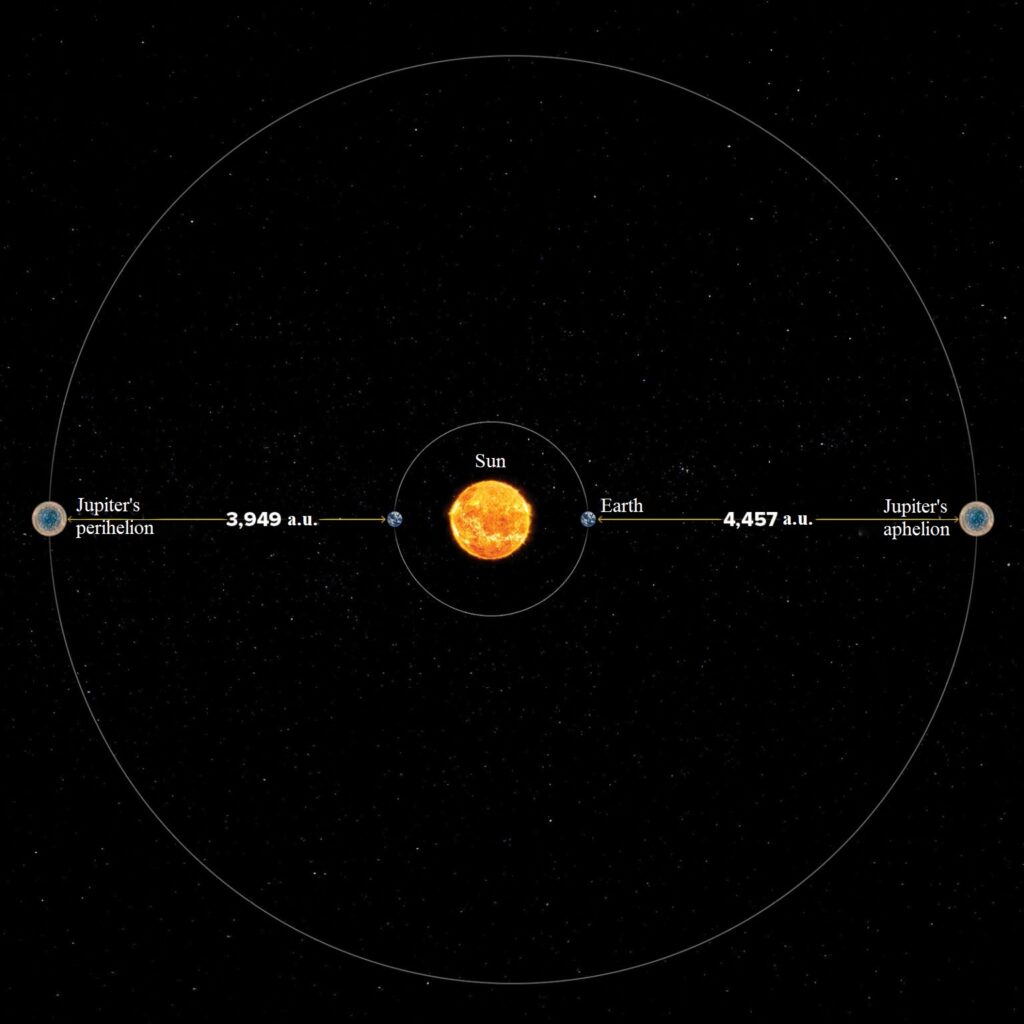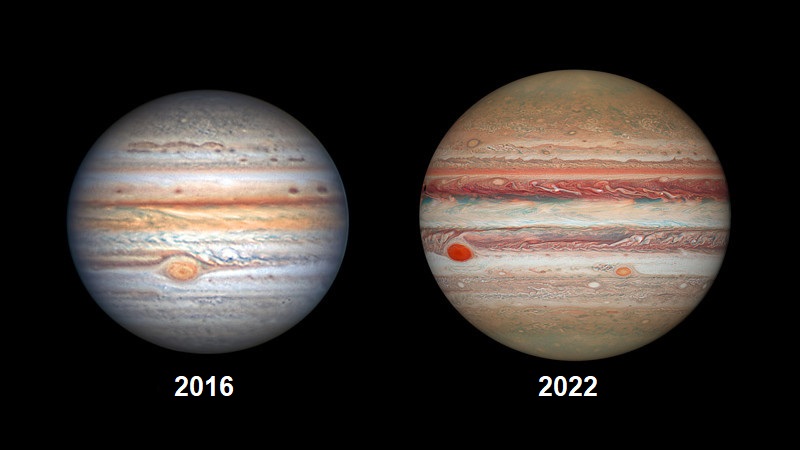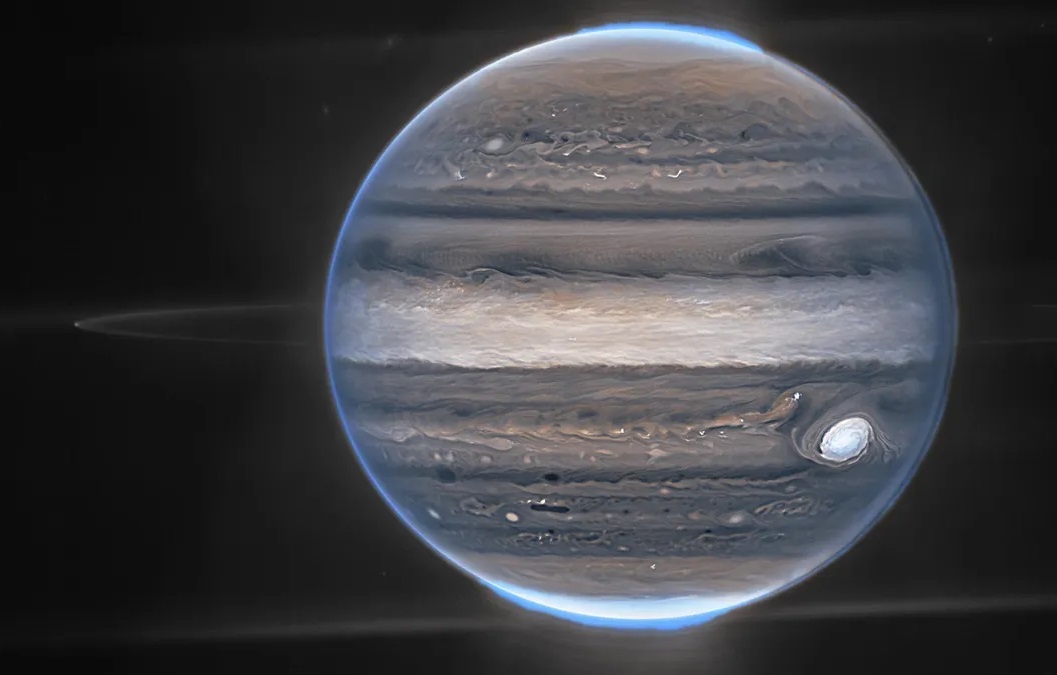The opposition of Jupiter is the most striking of the events of this type, occurring annually (with a few exceptions). Without exaggeration, it can be called the “central opposition of the year”, especially since this year it is chronologically located in the middle of a number of oppositions of the outer planets: first Saturn and Neptune passed this configuration, and in November-December Uranus and Mars will complete their series.
The term “opposition” means, among other things, that the planet in it rises in the evening, culminates at midnight and disappears over the horizon at dawn. Therefore, the conditions for its observations at this time are the best. In addition, since the Earth at this moment is approximately on the same straight line between the Sun and the planet, its distance from the last is reduced to the minimum possible during the year.

Jupiter’s oppositions occur on average every 399 days. But its distance and maximum brilliance, depending on its distance from the Earth and the Sun, vary markedly depending on the position of the gas giant in orbit. The fact is that the Jovian orbit is noticeably elongated: its eccentricity is 0.0489, which is almost three times more than the corresponding indicator of our planet. Therefore, at perihelion, Jupiter is at a distance of 4,950 AU (740.6 million km) from our luminary, and at aphelion it moves away from it by 5,457 AU (816.4 million km).
To calculate its distance from us in opposition, it is necessary to subtract one from the given numbers — the same “astronomical unit” equal to the average radius of the Earth’s orbit. The Earth passes near the Jovian apse line, that is, an imaginary straight line connecting the perihelion and aphelion of Jupiter’s orbit, in early April and October, when the distance of our planet from the Sun is almost equal to the average. It is during the October oppositions that the gas giant finds itself near perihelion. For example, on October 2, 1951, it approached us by 3,949 AU (590.7 million km). One thousandth of an astronomical unit “fell out” due to the complex mechanisms of gravitational interaction of the large planets of the Solar system.

This year, Jupiter’s opposition falls on September 26, which is not so far from the beginning of October. The maximum approach to it to a distance of 3.9526 AU will occur a day earlier. Approximately the same distance it approached the Earth in October 1963, and since then there have been no such close approaches to the largest planet.
Jupiter is very easy to see: for more than a month it has been the brightest star-shaped object in the night sky. Only Venus has a higher gloss, but it is now located near the Sun and it is very difficult to observe it. The gas giant looks like a yellowish luminary, clearly standing out against the background of the faint stars of the constellation Pisces. It will rise every evening over the eastern part of the horizon and culminate over its southern part at midnight. Its maximum height for observers at the latitude of Kyiv will reach 40°, and the brightness will be only slightly less -3ᵐ. The four largest moons of the planet, which are also called “Galilean”, are already visible through binoculars with an increase of 8-10 times. The same tool will allow you to notice its disk, but in order to examine its details, you need at least 50-fold telescopes.

Good visibility conditions of Jupiter will remain until the end of autumn. Its next “great opposition” is expected in October 2034, when it will approach us at a distance of 3,953 AU.
Follow us on Twitter to get the most interesting space news in time
https://twitter.com/ust_magazine
